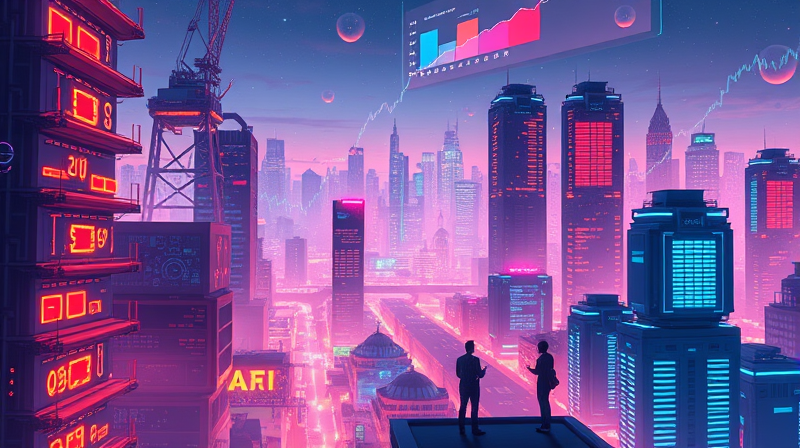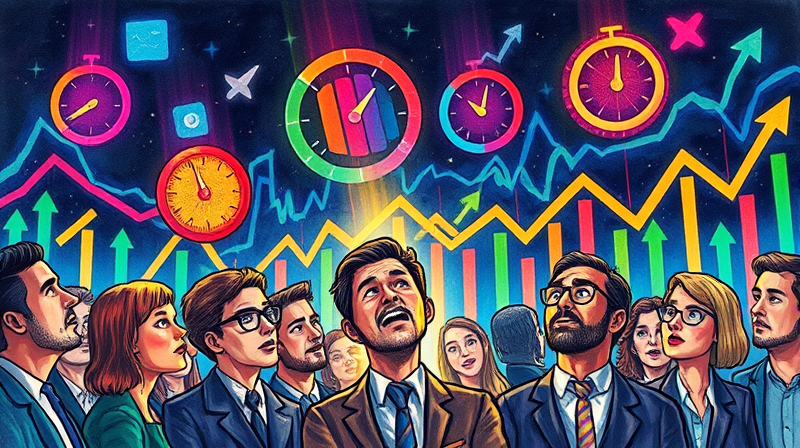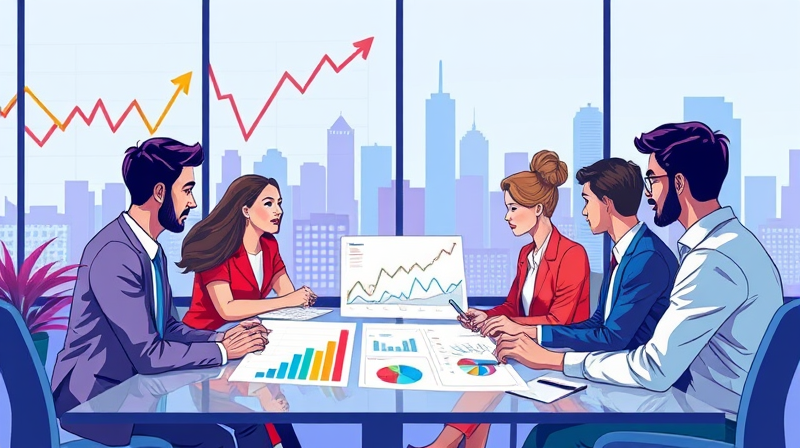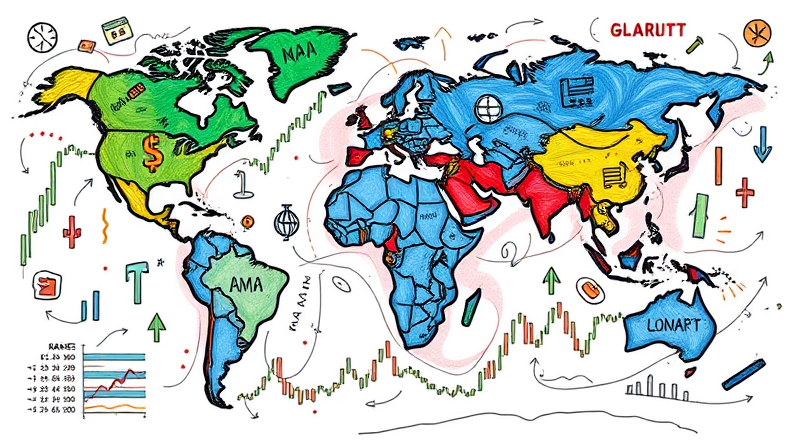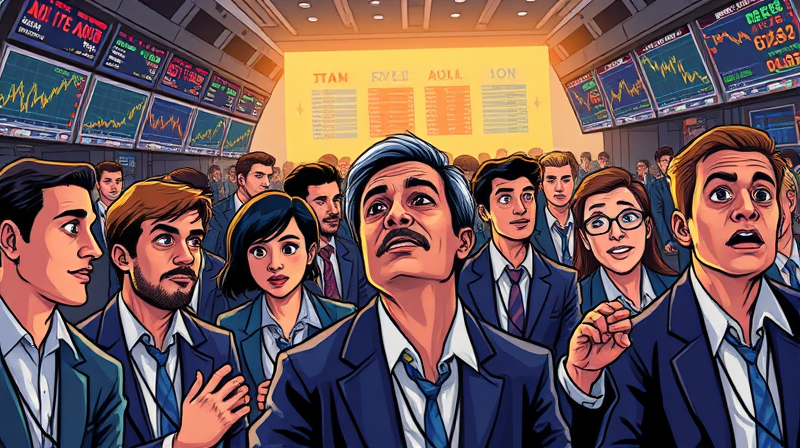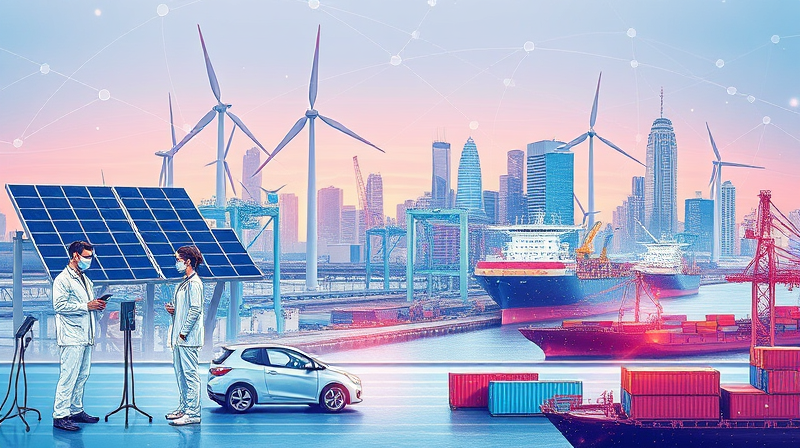
From raw materials to finished goods, today’s supply chains resemble living organisms, constantly adapting to internal and external shocks. In a world where turbulence has become the norm, the saga of modern logistics unfolds across continents, boardrooms, and factory floors. Understanding how disruptions emerge, propagate, and transform industries is no longer optional—it is essential for survival and success.
In this in-depth exploration, we examine the scale of disruption, root causes, sectoral impacts, strategic responses, and future directions. Along the way, we highlight inspiring case studies and practical strategies that leaders worldwide are deploying to turn challenges into opportunities.
Supply chain breakdowns are not isolated mishaps; they impose a staggering burden. Organizations face an estimated $184 billion annually worldwide in lost revenue, expedited shipping costs, and idle capacity. On average, a disruption lasting longer than one month strikes every 3.7 years, yet nearly 80% of firms reported at least one major incident over the last 12 months.
As these numbers demonstrate, supply chains are far from static. Senior executives are awakening to the fact that logistics friction can quickly escalate into enterprise-level crises.
Disruptions arise from a blend of geopolitical, environmental, technological, and human factors. Recognizing these drivers is the first step toward resilience.
Each factor alone can trigger localized pain; in combination, they generate cascades of disruption that reverberate across industries.
Industry responses to disruption vary dramatically. Some sectors have stumbled, while others have surged by adapting swiftly.
The automotive and consumer products industries suffered severe material shortages, production halts, and workforce disruptions. In electronics, semiconductor shortages forced automakers and gadget makers to postpone launches and ration inventory. Retailers and CPG brands scrambled to restock empty shelves as consumer demand spiked unpredictably.
Conversely, life sciences emerged as a clear winner during the pandemic era. Companies producing vaccines, diagnostics, and critical medical supplies ramped up operations, demonstrating remarkable agility in sourcing raw materials, scaling manufacturing, and coordinating global distribution.
Modern supply chains are evolving from lean efficiency models to networks that balance cost and resilience. Leading companies embrace multi-pronged strategies.
By integrating these elements, organizations can absorb shocks more gracefully, pivot when disruptions occur, and maintain service levels even under duress.
Examining real-world examples provides a roadmap. Apple’s strategy to diversify its production base highlights the power of geographic agility. By shifting some manufacturing from China to India and Southeast Asia, Apple mitigated regional lockdown risks and maintained product launches on schedule.
In contrast, ECR4Kids opted for an asset-light fulfillment model by partnering with Ware2Go. This move slashed costs by nearly $700,000 annually while granting the flexibility to ramp up or down as demand fluctuated.
Life sciences firms, under immense pandemic pressure, exhibited extreme adaptability. Rapidly scaling testing and vaccine production involved forging new supplier partnerships, expediting regulatory approvals, and leveraging digital platforms for real-time demand forecasting.
Technology presents a paradox. On one hand, digital tools and automation are vital to predictive maintenance, route optimization, and inventory management. On the other, integrating new systems demands specialized talent and carries cybersecurity risks.
Organizations that strike the right balance by investing in robust IT security measures, talent development, and modular, scalable platforms often emerge as industry leaders. Their success underscores the importance of treating technology adoption as a cultural and organizational transformation—not just an IT upgrade.
Global supply chains now operate under a patchwork of regulations related to labor rights, environmental standards, and product traceability. Nearly 77% of executives report negative impacts from growing compliance demands. The companies that excel are those that embed compliance into procurement processes and engage suppliers in transparent reporting.
Supply chain management has leaped from a back-office function to a pivotal board-level discussion. With 71% of U.S. CEOs planning major supply chain changes in the next 3–5 years, logistics strategy is now a cornerstone of corporate competitiveness and risk management.
This elevation reflects a broader realization: supply chains are strategic assets. Organizations that align logistics decisions with corporate vision stand to gain an edge in efficiency, customer satisfaction, and stakeholder trust.
The supply chain horizon is shaped by several persistent trends. Persistent inflation and economic volatility will challenge cost control efforts. Meanwhile, continuous digital investment and automation will separate leaders from laggards. We can also expect more regionalization and near-shoring as companies seek to shorten lead times and reduce climate-related risks.
Regulators will continue tightening rules around sustainability and labor practices, pushing companies to innovate in traceability and supplier engagement. As supply chains become more dynamic and transparent, real-time decision-making will become the norm rather than the exception.
By taking these steps today, companies can transform their supply chains from vulnerable cost centers into strategic engines of growth and innovation. In an era of constant change, resilience and agility are the ultimate competitive advantages.
References






